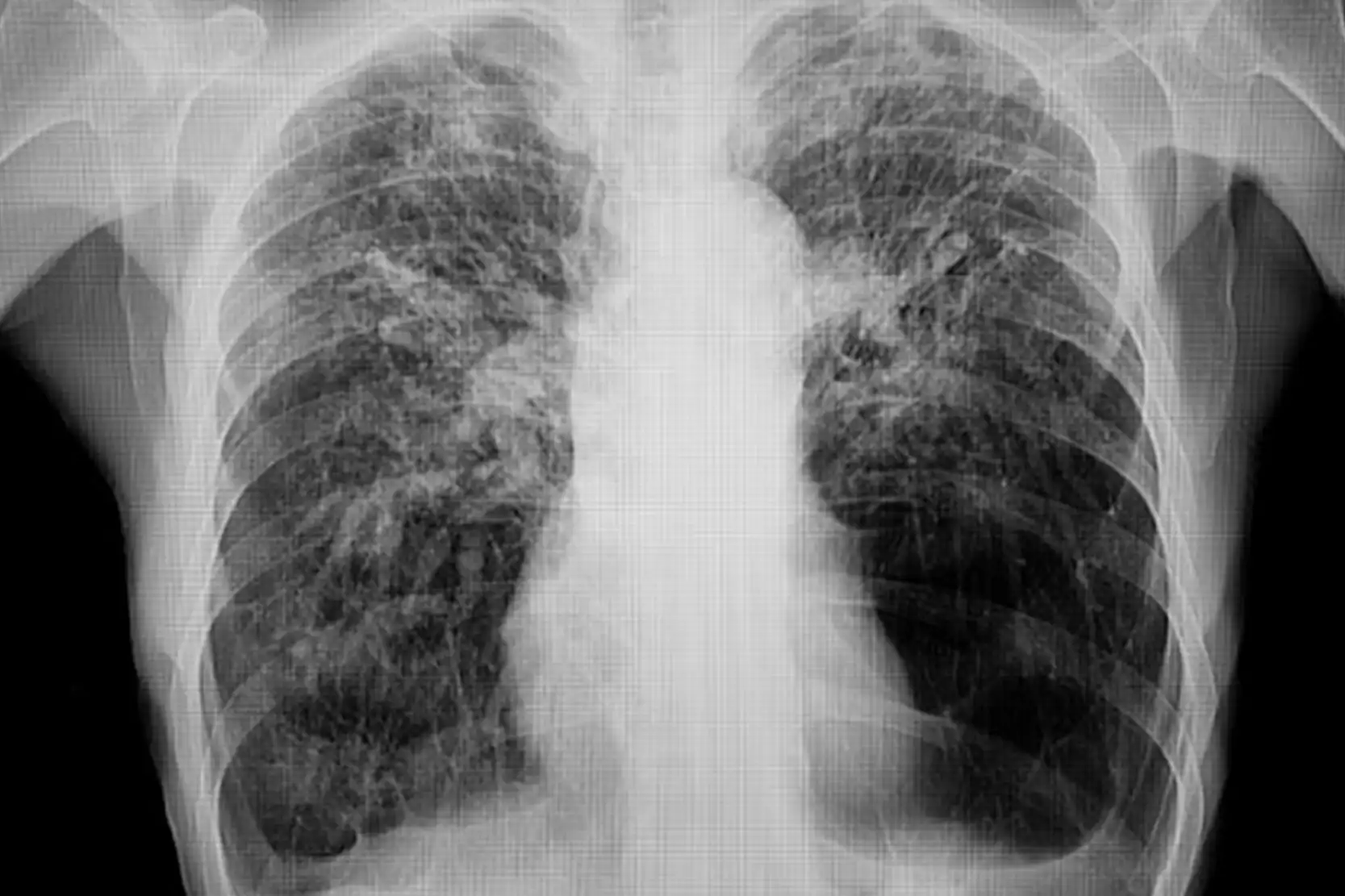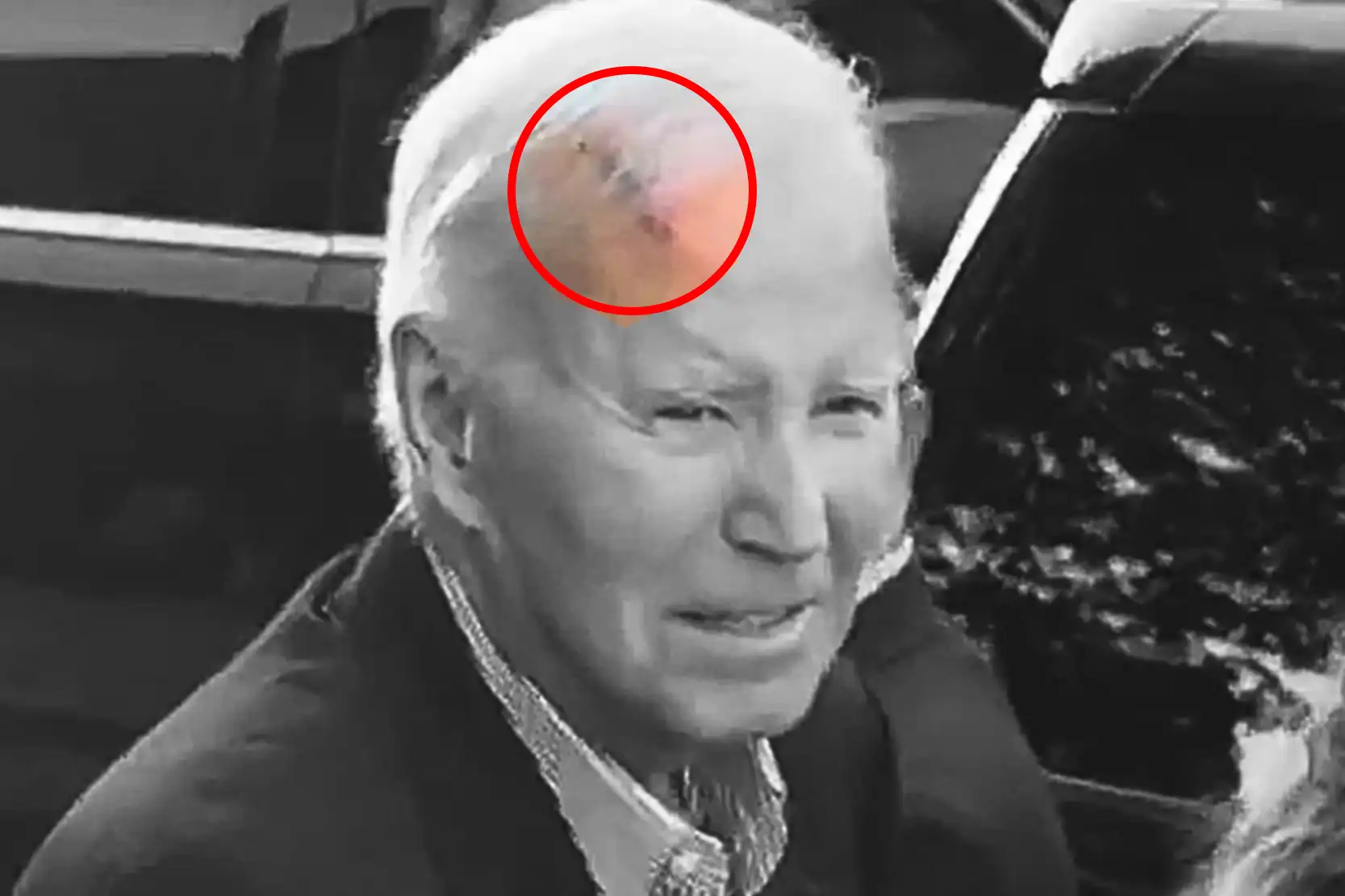
NEUROSCIENCE
Myasthenia Gravis ICD 10: Accurate Diagnosis and Effective Management
-
Rahul Priydarss
Learn about the Myasthenia Gravis ICD 10 code G70.0 and its importance in diagnosing and managing Myasthenia Gravis (MG). This standardized code is crucial for accurate documentation, effective treatment planning, and billing. Discover how the Myasthenia Gravis ICD 10 code helps streamline healthcare processes, supports research, and improves patient care. With ongoing advancements in treatment and diagnostic techniques, understanding the role of this code is essential for optimizing the management of MG and enhancing patient outcomes. Explore how the Myasthenia Gravis ICD 10 code contributes to better healthcare practices and improved quality of life for individuals with Myasthenia Gravis.
Introduction to Myasthenia Gravis ICD 10:
Myasthenia Gravis (MG) is a chronic autoimmune neuromuscular disorder characterized by varying degrees of skeletal muscle weakness. This condition primarily affects the voluntary muscles, leading to symptoms such as drooping eyelids, difficulty swallowing, and general muscle fatigue. In the International Classification of Diseases, 10th Revision (ICD-10), Myasthenia Gravis is classified under the code G70.0. This code encompasses the diagnosis of MG, facilitating consistent documentation, billing, and data analysis for healthcare providers and researchers. Proper coding is essential for accurate diagnosis, treatment planning, and tracking the prevalence of this condition.
What is Myasthenia Gravis:
Myasthenia Gravis (MG) is a chronic autoimmune disorder that affects the neuromuscular junction, where nerve cells communicate with muscles. In this condition, the body’s immune system mistakenly attacks the receptors that receive signals from the nerves, leading to muscle weakness and fatigue. The hallmark of MG is muscle weakness that worsens with activity and improves with rest. Common symptoms include drooping eyelids, double vision, difficulty swallowing, and general weakness in the arms, legs, and respiratory muscles. Although MG can affect people of any age, it is more commonly diagnosed in women under 40 and men over 60. While there is no cure for Myasthenia Gravis, treatments such as medications, lifestyle adjustments, and, in some cases, surgery can help manage symptoms and improve the quality of life for those affected.

Table of Contents
What is ICD-10?:
ICD-10, or the International Classification of Diseases, 10th Revision, is a globally recognized system used to classify and code diseases, health conditions, and a wide range of symptoms and procedures. Developed by the World Health Organization (WHO), ICD-10 provides a standardized language that enables healthcare providers, researchers, and policymakers to share and compare health information across different regions and time periods.
The system consists of alphanumeric codes that represent specific diagnoses and medical conditions. For example, in ICD-10, Myasthenia Gravis is coded as G70.0. These codes are essential for various purposes, including medical billing, insurance reimbursement, statistical analysis, and public health reporting. By standardizing the classification of diseases and conditions, ICD-10 helps improve the accuracy of diagnoses, the consistency of care, and the ability to track and manage health trends globally.
Importance of ICD-10 in Diagnosing Myasthenia Gravis:
The ICD-10 (International Classification of Diseases, 10th Revision) plays a crucial role in diagnosing and managing Myasthenia Gravis (MG). The specific code G70.0 for Myasthenia Gravis enables healthcare professionals to accurately identify and document the condition, ensuring that patients receive appropriate and timely treatment. This standardized coding system facilitates clear communication among medical providers, insurers, and researchers, reducing the risk of misdiagnosis or treatment errors. Additionally, the ICD-10 code helps in tracking the incidence and prevalence of MG, supporting public health initiatives and research efforts to improve patient outcomes. Accurate coding is also essential for proper billing, reimbursement, and resource allocation within healthcare systems.
Causes and Risk Factors of Myasthenia Gravis:
Causes: Myasthenia Gravis (MG) is primarily caused by an autoimmune response in which the body’s immune system mistakenly attacks its own tissues. In MG, this immune attack is directed against the acetylcholine receptors at the neuromuscular junction, the site where nerve cells communicate with muscles. This disruption prevents nerve signals from reaching the muscles effectively, leading to muscle weakness and fatigue.
The exact cause of this autoimmune response is not fully understood, but it is believed to involve a combination of genetic and environmental factors. In some cases, the thymus gland, which is part of the immune system, is abnormal or enlarged, and it may play a role in triggering the immune response. Thymomas (tumors of the thymus gland) are also associated with MG in some individuals.
Risk Factors:
Several factors may increase the risk of developing Myasthenia Gravis.
- Age and Gender: MG can occur at any age, but it is more common in women under the age of 40 and men over the age of 60.
- Genetics: A family history of autoimmune diseases may increase the likelihood of developing MG, although the condition itself is not typically inherited.
- Other Autoimmune Disorders: Individuals with other autoimmune conditions, such as rheumatoid arthritis or lupus, may have a higher risk of developing MG.
- Thymus Abnormalities: An enlarged thymus gland or the presence of thymomas is strongly associated with the onset of MG.
- Certain Medications: Some medications, such as certain antibiotics, beta-blockers, and anesthesia agents, can trigger or worsen the symptoms of MG in susceptible individuals.
- Viral Infections: Certain infections may trigger the immune system and contribute to the development of MG in genetically predisposed individuals.
Symptoms of Myasthenia Gravis:
Myasthenia Gravis (MG) is characterized by muscle weakness that worsens with activity and improves with rest. The symptoms can vary in severity and may affect different muscle groups. Common symptoms include.
Ocular Symptoms:
Ptosis (Drooping Eyelids): One or both eyelids may droop, especially after periods of activity.
Diplopia (Double Vision): Weakness of the muscles that control eye movement can cause double vision or difficulty focusing.
Facial and Throat (Bulbar) Symptoms:
Difficulty Swallowing (Dysphagia): Muscles involved in swallowing can become weak, leading to choking or aspiration.
Slurred Speech (Dysarthria): Weakness of the muscles that control speech can cause slurred or nasal-sounding speech.
Facial Weakness: Expressions such as smiling or frowning may become difficult.
General Muscle Weakness:
Neck and Limb Weakness: Muscles in the neck, arms, and legs may become weak, making it difficult to hold up the head, lift objects, or walk.
Respiratory Weakness: In severe cases, weakness of the muscles that control breathing can lead to respiratory distress, a medical emergency known as a myasthenic crisis.
Fatigue: Generalized fatigue is common, with muscle weakness worsening throughout the day or with prolonged activity.
Difficulty Chewing: Weakness of the jaw muscles can make chewing difficult, especially towards the end of a meal.
Drooping Jaw: The jaw may drop open due to weakness in the muscles that normally keep it closed.
Diagnosis of Myasthenia Gravis:
Diagnosing Myasthenia Gravis (MG) involves a combination of clinical evaluation, laboratory tests, and specialized procedures to confirm the presence of the disease and differentiate it from other conditions. Here’s an overview of the diagnostic process.
Clinical Evaluation
1. Medical History and Symptoms: The first step is a thorough review of the patient’s medical history and symptoms. Common symptoms of MG include muscle weakness that worsens with activity and improves with rest, drooping eyelids (ptosis), double vision (diplopia), and difficulties with speech and swallowing.
2. Physical Examination: A physical exam focuses on assessing muscle strength and observing for characteristic signs like ptosis or diplopia.
Laboratory Tests
1. Antibody Testing:
Acetylcholine Receptor Antibody Test: This is the primary blood test for MG. High levels of acetylcholine receptor antibodies are found in many patients with MG.
Anti-MuSK Antibody Test: This test may be used if acetylcholine receptor antibodies are not detected, as some patients have antibodies against muscle-specific kinase (MuSK).
2. Electromyography (EMG):
Repetitive Nerve Stimulation (RNS): This test measures the electrical response of muscles to repetitive nerve stimulation. In MG, there is a characteristic decrease in the muscle’s response with repetitive stimulation.
3. Single Fiber Electromyography (SFEMG): This test assesses the electrical activity of individual muscle fibers and is more sensitive than RNS in detecting MG.
Imaging Studies
1. Chest Imaging: A chest CT scan or MRI may be performed to check for thymoma, a type of tumor often associated with MG that can be present in the thymus gland.
Other Tests
1. Edrophonium (Tensilon) Test: This test involves administering a short-acting anticholinesterase medication (edrophonium). Improvement in muscle strength after the medication is administered can confirm the diagnosis of MG, although this test is less commonly used now due to the availability of more specific tests.
2. Ice Pack Test: For ocular symptoms, placing an ice pack on the eyelids may temporarily relieve ptosis, helping to support the diagnosis.
Differential Diagnosis:
MG must be distinguished from other conditions with similar symptoms, such as other neuromuscular disorders, central nervous system diseases, and autoimmune diseases. Comprehensive diagnostic testing and clinical judgment are crucial for accurate diagnosis and appropriate treatment planning.
Treatment Options for Myasthenia Gravis:
Treatment for Myasthenia Gravis (MG) aims to manage symptoms, improve muscle strength, and enhance quality of life. While there is no cure for MG, various strategies can help control the condition.
Medications:
Medications for Myasthenia Gravis (MG) aim to manage symptoms, improve muscle strength, and reduce immune system activity. Here are the primary types of medications used:
1. Anticholinesterase Medications: Pyridostigmine (Mestinon), Neostigmine
Function: These drugs inhibit the enzyme acetylcholinesterase, which breaks down acetylcholine at the neuromuscular junction. This leads to increased acetylcholine availability, which helps improve muscle strength and control.
2. Immunosuppressive Drugs: Prednisone, Azathioprine (Imuran), Mycophenolate mofetil (CellCept), Cyclosporine
Function: These medications suppress the immune system to reduce the production of antibodies that attack acetylcholine receptors. They are often used in moderate to severe cases or when anticholinesterase medications alone are insufficient.
3. Monoclonal Antibodies: Rituximab (Rituxan), Eculizumab (Soliris)
Function: These targeted therapies block specific immune system pathways involved in MG. Rituximab targets B cells, while Eculizumab inhibits complement proteins that contribute to the disease.
Thymectomy:
Surgical Removal of the Thymus Gland: In patients with thymomas or in those with generalized MG, thymectomy (removal of the thymus gland) can improve symptoms or even lead to remission. This procedure is usually considered when other treatments are not fully effective.
Plasmapheresis and Intravenous Immunoglobulin (IVIG):
Plasmapheresis: This procedure involves filtering antibodies from the blood to temporarily reduce their levels and improve symptoms. It is often used during acute exacerbations or before surgery.
IVIG: Intravenous immunoglobulin infusions provide a concentrated dose of antibodies from healthy donors. It can help modulate the immune system and is used in cases of severe MG or during crises.
Lifestyle Modifications and Supportive Care:
Regular Exercise and Rest: Balancing activity and rest can help manage fatigue and muscle weakness. Tailoring an exercise program with the help of a physical therapist can be beneficial.
Dietary Adjustments: For patients with difficulty swallowing or chewing, modifying the diet to include softer foods and avoiding foods that are difficult to swallow can help prevent complications.
Assistive Devices: Tools such as eyeglasses, eyelid lifts, or speech aids may be useful in managing symptoms related to vision, facial weakness, or communication.
Monitoring and Managing Complications:
Regular Follow-Up: Ongoing monitoring by a healthcare provider is essential to adjust treatment plans, manage side effects, and address any complications that may arise.
Emergency Care: In severe cases, such as a myasthenic crisis where breathing is compromised, prompt medical attention is crucial. Emergency care may include mechanical ventilation and intensive monitoring.

Complications of Myasthenia Gravis:
Myasthenia Gravis (MG) is a chronic autoimmune disorder that primarily affects the neuromuscular junction, leading to muscle weakness. While treatment can manage symptoms, MG can lead to several complications.
Myasthenic Crisis: This is a severe exacerbation of MG symptoms, characterized by significant muscle weakness that can impair breathing and swallowing. It requires immediate medical attention and often hospitalization. Myasthenic crisis can be triggered by infections, stress, or medication adjustments.
Thymoma: About 10-15% of MG patients have a thymoma, a tumor of the thymus gland. While not always cancerous, thymomas can contribute to the severity of MG and may require surgical removal.
Infections: MG patients are at increased risk for respiratory infections due to weakened respiratory muscles. Infections can exacerbate MG symptoms and potentially lead to complications like pneumonia.
Side Effects of Medications: Treatments for MG, such as immunosuppressants and corticosteroids, can have significant side effects, including increased susceptibility to infections, osteoporosis, and gastrointestinal issues.
Fatigue and Reduced Quality of Life: Chronic muscle weakness and fatigue can severely impact daily activities and overall quality of life, affecting physical and mental health.
Difficulty with Daily Activities: Muscle weakness can impair basic functions such as chewing, swallowing, and speaking, which can significantly affect a person’s ability to perform everyday tasks and maintain independence.
Prevention of Myasthenia Gravis:
While there is no known way to prevent Myasthenia Gravis (MG) due to its autoimmune nature, certain strategies can help manage the condition and reduce the risk of complications.
Early Diagnosis and Treatment: Early diagnosis can lead to prompt treatment, which can significantly reduce the severity of symptoms and prevent complications. Regular check-ups and consultations with a healthcare provider are crucial for early detection.
Medication Management: Adhering to prescribed medications and treatment plans can help control symptoms and prevent severe exacerbations. It is important to follow medical advice and communicate any side effects or issues with a healthcare provider.
Avoiding Triggers: Identifying and avoiding potential triggers, such as infections, stress, and extreme temperatures, can help manage symptoms. Maintaining good hygiene and managing stress through relaxation techniques can be beneficial.
Regular Monitoring: Frequent monitoring of symptoms and disease progression can help in adjusting treatment plans as needed. Regular follow-ups with healthcare professionals are essential for managing the condition effectively.
Healthy Lifestyle: Adopting a healthy lifestyle, including a balanced diet and regular exercise (within limits advised by a healthcare provider), can support overall well-being and improve muscle strength and function.
Vaccinations and Preventive Care: Staying up-to-date with vaccinations and preventive care can help reduce the risk of infections, which can trigger or worsen MG symptoms.
Thymectomy: For some patients, particularly those with thymomas, thymectomy (surgical removal of the thymus gland) may be recommended. This procedure can help reduce symptoms and improve long-term outcomes.
Recent Advances in Myasthenia Gravis Research:
Recent research in Myasthenia Gravis (MG) has brought about several promising advances in understanding and managing the condition.
Improved Diagnostic Techniques: Advances in diagnostic imaging and biomarkers have enhanced the ability to detect MG earlier and more accurately. Techniques like high-resolution magnetic resonance imaging (MRI) and new serological tests are helping in identifying MG and distinguishing it from similar conditions.
Targeted Therapies: Research has led to the development of more targeted therapies, such as monoclonal antibodies that specifically inhibit the immune system’s attack on the neuromuscular junction. Medications like eculizumab, which targets complement pathways involved in MG, have shown promise in clinical trials.
Genetic Research: Studies have identified specific genetic factors associated with MG. Understanding these genetic markers may lead to better-personalized treatments and insights into disease mechanisms.
Immunotherapy Advances: New immunotherapies are being explored to modulate the immune system more precisely. For instance, therapies targeting B-cells and specific immune pathways are being tested to reduce autoimmune activity with fewer side effects.
Thymectomy Techniques: Surgical techniques for thymectomy, particularly minimally invasive approaches, have improved. Research is ongoing to refine these techniques and better understand their impact on MG symptoms and overall prognosis.
Predictive Models and Personalized Medicine: Advances in data analytics and machine learning are helping create predictive models to anticipate disease progression and treatment responses. Personalized medicine approaches are being developed to tailor treatments to individual patient profiles.
Long-Term Outcomes and Quality of Life Studies: Research is increasingly focusing on the long-term outcomes and quality of life for MG patients. Studies aim to assess the impact of various treatments on daily functioning and overall well-being.
Hospital for Myasthenia Gravis in New York:
In New York, several reputable hospitals and medical centers are known for their expertise in diagnosing and treating Myasthenia Gravis (MG). Here are some top institutions.
NewYork-Presbyterian Hospital: Affiliated with both Weill Cornell Medicine and Columbia University, this hospital is renowned for its neurology and neuromuscular disorder specialists. They offer comprehensive care for MG, including advanced diagnostic and treatment options.
Mount Sinai Health System: Mount Sinai’s Neurology Department is well-regarded for its research and treatment of neuromuscular disorders. The hospital provides specialized care for MG and has a dedicated team for managing complex cases.
NYU Langone Health: NYU Langone’s Perlmutter Cancer Center and Neurology Department are known for their cutting-edge research and treatment in neuromuscular diseases, including MG. They offer a range of therapeutic options and have a strong emphasis on personalized care.
Weill Cornell Medicine: The Neurology and Neurosurgery departments at Weill Cornell Medicine provide specialized care for MG, including access to clinical trials and advanced treatment modalities.
Lenox Hill Hospital: As part of Northwell Health, Lenox Hill offers comprehensive neurology services with expertise in MG. They focus on both medical and surgical treatments and have a multidisciplinary approach to patient care.
FAQs about Myasthenia Gravis ICD 10:
A1: The ICD-10 code for Myasthenia Gravis is G70.0.
A2: Myasthenia Gravis is diagnosed through a combination of medical history, physical examination, and specific tests like electromyography (EMG) and antibody blood tests.
A3: Currently, there is no cure for Myasthenia Gravis, but symptoms can be managed with medications, lifestyle changes, and sometimes surgery.
A4: Treatment options include anticholinesterase medications, immunosuppressants, thymectomy, and lifestyle adjustments to manage symptoms.
A5: Myasthenia Gravis is not directly hereditary, but having a family history of autoimmune diseases can increase the risk of developing the condition.
-Please remember, to always consult with healthcare professionals or Doctors for personalized advice related to medical conditions.
Conclusion:
In conclusion, the Myasthenia Gravis ICD 10 code G70.0 is essential for accurately diagnosing and managing Myasthenia Gravis (MG). This standardized code ensures consistent documentation and facilitates effective treatment and billing practices. By utilizing the Myasthenia Gravis ICD 10 code, healthcare providers can improve the accuracy of diagnoses and streamline patient care. Ongoing advances in research and treatment options, combined with precise coding, play a crucial role in enhancing patient outcomes and managing this complex autoimmune disorder. The use of Myasthenia Gravis ICD 10 is fundamental in supporting better healthcare practices and improving overall quality of life for those affected.




